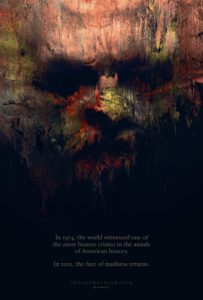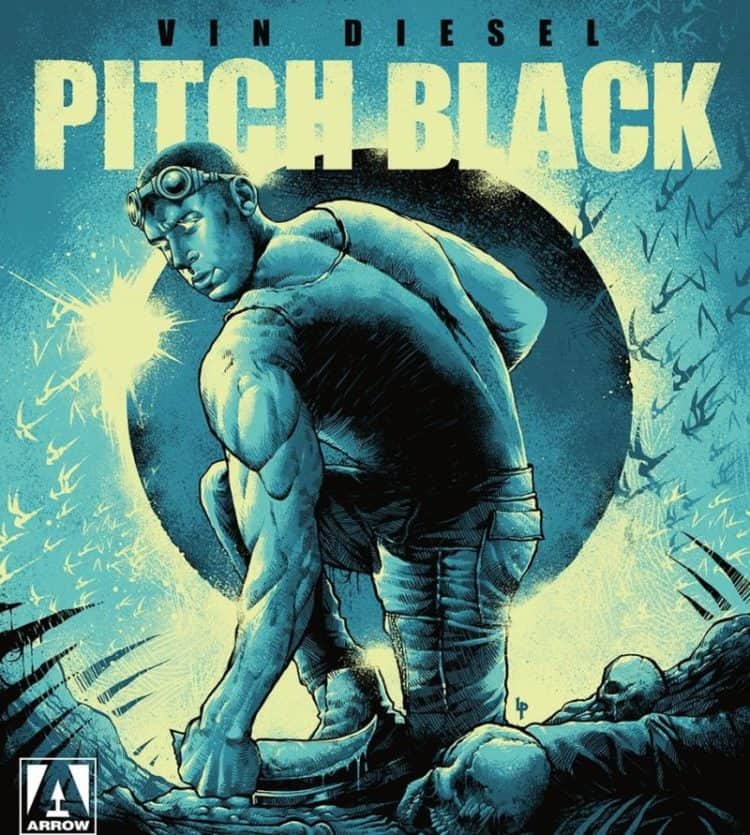
Colin Stetson’s score for 2022’s Texas Chainsaw Massacre begins with the rumblings of an ancient chainsaw awakening, followed by horrible metallic shrieks. Pain is coming, lots of it.
Except, there is no chainsaw, there is no metal. Stetson primarily uses his bass saxophone, Tibetan singing bowls, a Yamaha piano, and a battered viola (with the occasional very weird ingredient, like turkey calls and hog grunt recordings). The sounds are warped and manipulated, creating something new but with a lingering hint of the familiar. This is much like the film itself: a sequel to the 1974 original (which ignores every other entry in the series) retaining some familiar concepts but largely going its own way.
On a very broad level Stetson follows in Wayne Bell’s footsteps (composer of 1974’s The Texas Chain Saw Massacre), opting for a genre-less chaos to batter the listener. But this is similarity only in spirit. Where Bell created a minimalist score bordering on sound design, Stetson’s score is rich, deep, and a very active participant in the film’s carnage.
Stinging, piercing shrieks and primordial grumbles create a fog from which we know death must come. When it does, Stetson unleashes hell. In these moments he’s at his most unrestrained (perhaps across his entire scoring career), inhabiting Leatherface in bloody, brutal anarchy. One highlight is the score’s first single “Every Last One,” which Stetson described to me as a “sludge metal dirge.” A percussive march and horrifying, pained groans mimic Leatherface on his warpath until an array of instruments join the fray (including the aforementioned turkey calls) and the slaughter starts. It’s an almost unrelenting hell.
But the score isn’t single-minded. Tracks like “Welcome to Harlow,” “Scars,” and “Sunrise” release the tension slightly in a gentle, if scarred, exhales. Stetson even humanizes Leatherface, pairing him with soft, emotional music as he ruminates on his dead family. Amidst the fresh corpses we feel for him, understand the pain and the displacement he’s experiencing. But this is, of course, only momentary. The dirge returns and he’s back on the warpath.
My favorite track, though, is “Homecoming,” which closes the score release but appears briefly (if at all) at the end of the film. It’s reminiscent of The Caretaker’s monumental album Everywhere at the End of Time. There’s a distant, longing nostalgia clouding this homage to the beginning of the 20th century, an early piece of recorded music that’s only become rougher, grainier, and more distorted with age. But there’s also something welcoming and inviting, drawing us (and Leatherface) to it.
Texas Chainsaw Massacre is about as naturally brutal as film music gets. Though it may not be a safe haven for those looking for pure melody, its crushing ferocity is breathtaking and so notable that it will likely outlive the film itself.
Editor’s Note: KIMI also appeared among the Best Film Scores of February 2022, and check out my interview with Colin where we discuss the score, and many other aspects of music and scoring, here.



